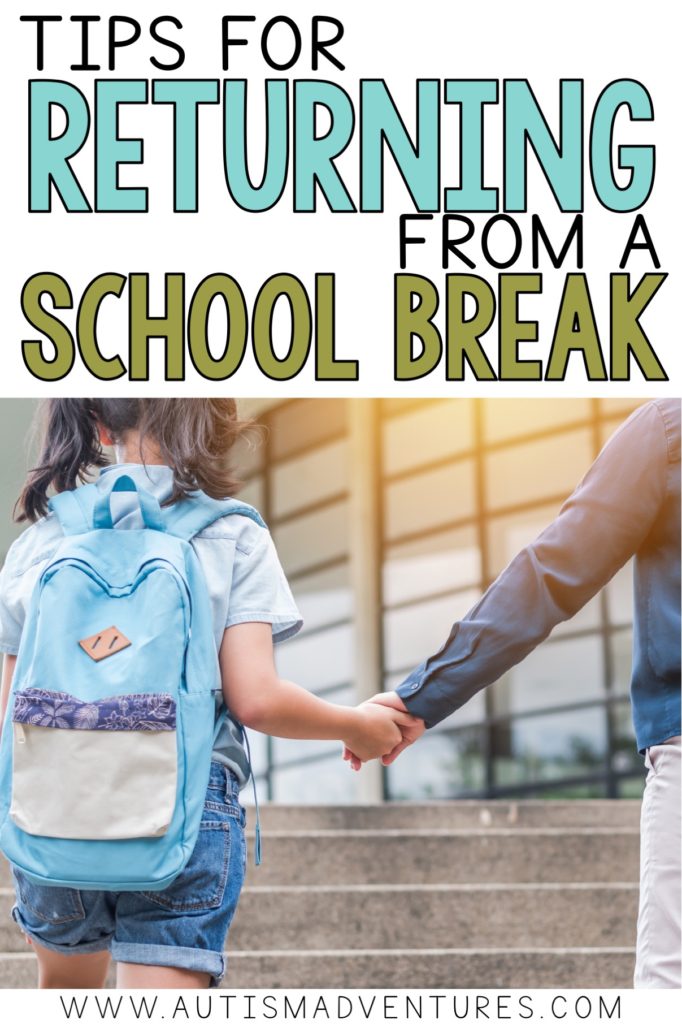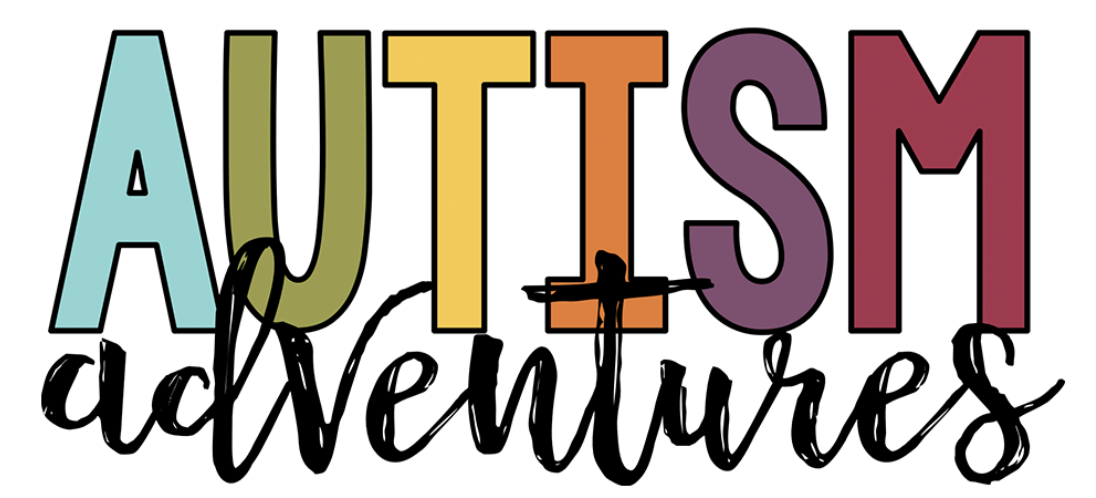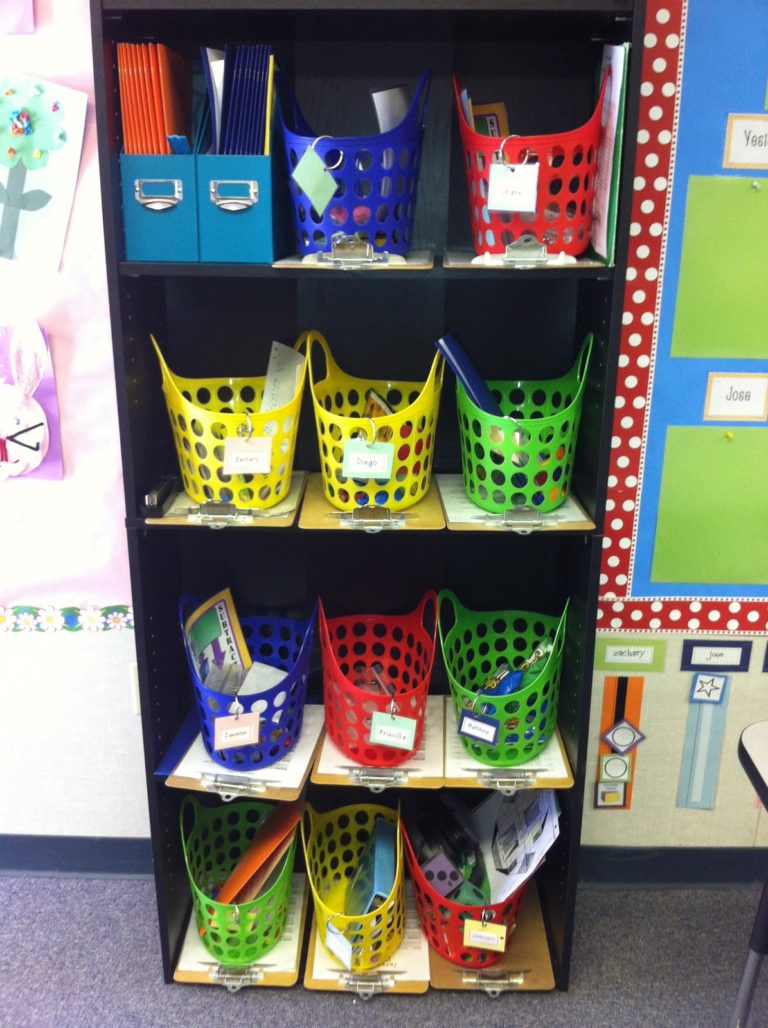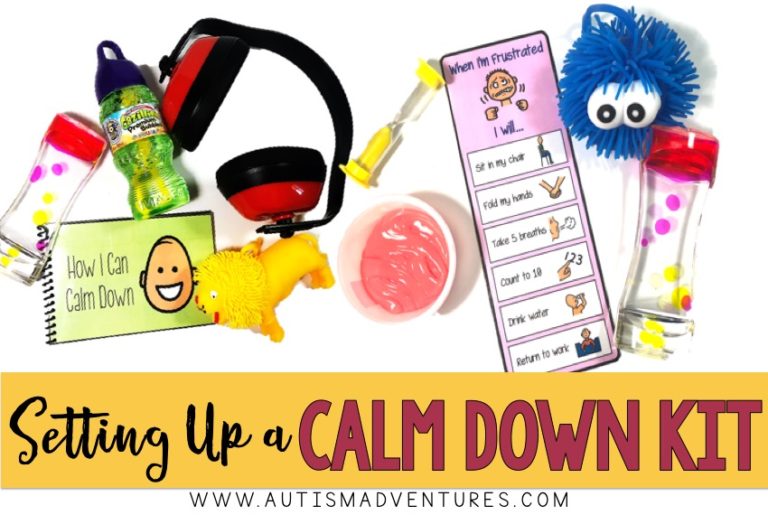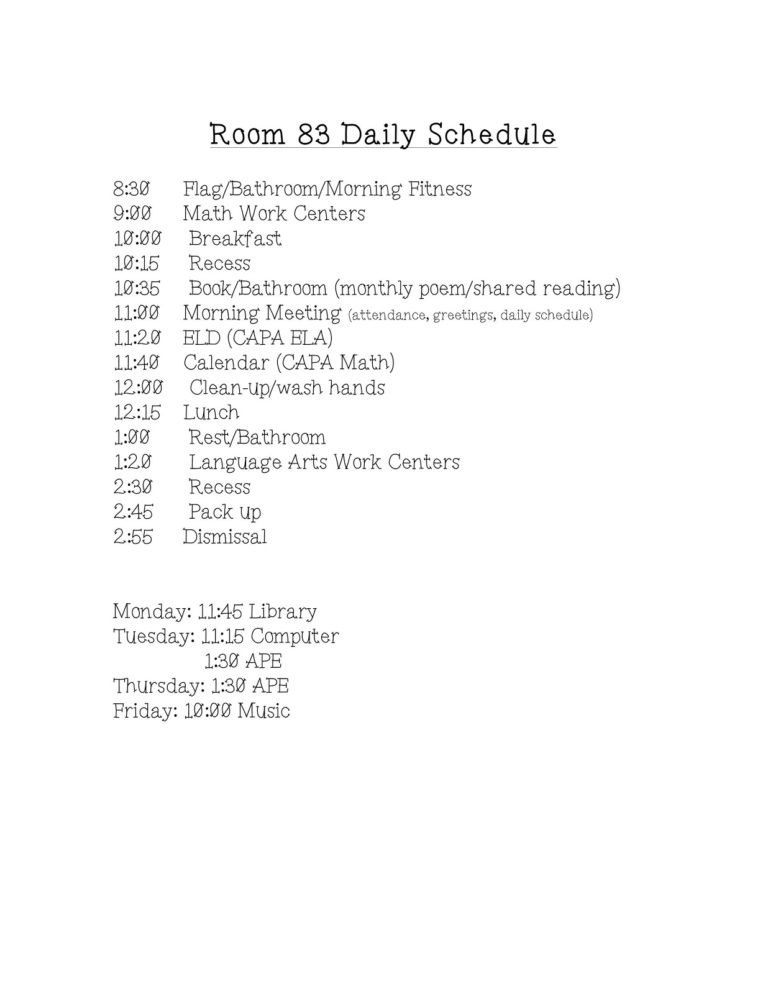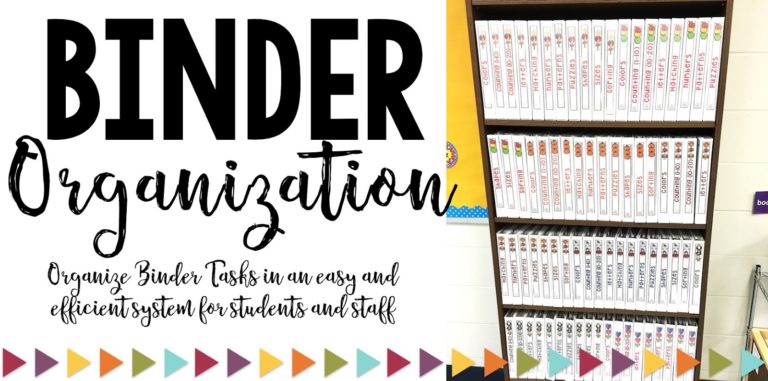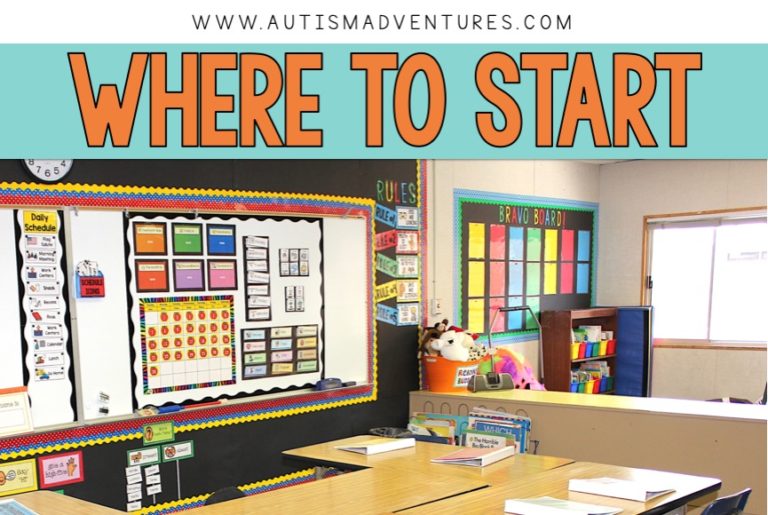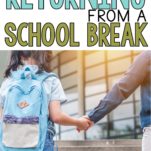Tips for Returning From a School Break
If you have been teaching for any length of time, you have probably realized that there are two kinds of kids in your class. There are the ones that can’t wait for a break to be over so they can get back to school. Then there are also the ones who wish that the break would continue forever. Both of these types of kids give you an opportunity as a teacher – to continue to make school a nice community for the kids who are excited to be back and to inspire the kids who are not so enthusiastic. Today’s blog post is all about tips for returning to school from a school break.
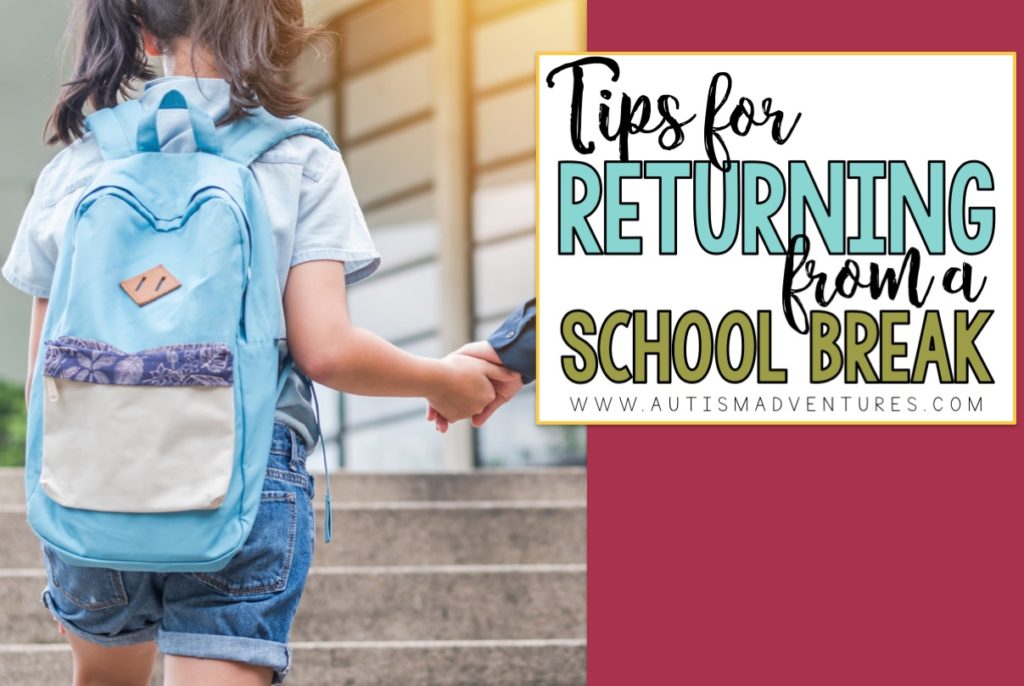
Here are some tips to help you when returning from a school break. I hope they help you and your students move as seamlessly as possible back to school after a break.
Before Coming Back to School After a Break
1. Teachers are notorious for being workaholics – coming in to school early or staying late to plan and prepare, grading student work over the weekend, and coming in to school during breaks (just for a couple of hours!) to do a few things that need your attention. I would encourage you to enjoy your break away from school. Use this time to relax, spend time with family and friends, travel – whatever makes you happy and recharges your batteries. All of that work that you believe you need to do will be there when you return to school.
2. Toward the end of the break, however, take a few minutes to connect with the kids and their parents. Send an email, post on the classroom website, or use an app like Remind to say hello to your students and tell them you are looking forward to seeing them. You might send a picture of yourself doing something fun during the break. This offers a way for your students to connect with you. One winter break I traveled to Thailand with my husband. I sent a picture of us at the elephant sanctuary in Chiang Mai and all of my students were excited to talk to me about that experience when they came into school on the first day!
3. The day before you return to school, take a little time to get in the “back to school” mindset. Manage your expectations for the students and remind yourself that coming back to school after a break – particularly a lengthy one – is a bit bumpy for everyone. Be prepared to be patient with the students and yourself and accept that you may not get much academic work done for the first few days. Remember that, like you, the kids are going to be tired. They have most likely been sleeping in every day and haven’t had much of a routine.
Day 1 After the Break
1. Even the students who are not enthusiastic about being back in school want to tell you and their classmates what they did during the break. Build in some time at the beginning of the first day back for that to happen. You could do a large-group sharing time such as morning meeting. You could also group children with a partner or place them in groups of three. Give each student one minute to tell their friend(s) everything they want to tell about their break. This could be a great time for you to share with the students what you did over break!
Do you do a “sharing” activity in your classroom? Consider asking families to send in photos from the break! This could be a great way to help get your kiddos talking! Check out my Life Skills Homework pack if you want help implementing a sharing routine in your classroom. My weekly homework sheets have a spot for families to write about the students week to help with sharing!
2. Clearly explain the plan for the day with the students. All students, particularly students with special needs, like to be able to anticipate what is going to happen next, so share the schedule for the day with them. Write it on the board and go through it step by step. Schedules are a great way to help with expectations in the classroom. To read more about daily schedules/visual schedules, click here!
3. Focus on easing in to the day; quell the urge to meet students at the door with a packet of work for them to do. Start with a read-aloud of a compelling, interesting new book, then move to a fun, active, hands-on activity like making something or doing a science experiment. This will help students get back in the swing of things much more effectively than sitting at their desk and doing pencil-and-paper work.
4. Assume that the students have forgotten everything. Yes, really. Remind them of your expectations for their work and their behavior. Review classroom rules, procedures, and routines and have the students practice them. Focus specifically on procedures for transitioning between classroom activities and moving from the classroom to other areas (like going to P.E., the lunchroom, etc.). This might be a good day to introduce a Behavior Basics Curriculum lesson!
5. Although you might want the kids to jump right back in to the regular daily routine, remember to be flexible. Most of your students have had no regular routine to follow during the break, so it is going to be difficult for them to “flip the switch” back into school mode. Adjust the daily schedule if you see that it is needed and take more and longer breaks. I would still recommend doing work centers like you would on a normal day. I would suggest having students complete simpler tasks at each rotation to set students up for a success! If you use token boards in your classroom, offer more tokens in a shorter period of time to set students up for success!
After Day 1
Everyone has survived the first day back – whew! – and your students are all on their way home. Now what?
1. First, realize that, although you and the students made it through the day successfully, it may take several days to get your students completely back on track. Remember, the longer the break, the longer it will take children to readjust to school. While children might “bounce back” into the regular routine quickly after a short break (like a three-day or four-day weekend), when they have been away for a while (like two weeks for winter break), it will take more time for your classroom to return to normal.
2. Second, continue to reinforce classroom routines and procedures and to provide students with an overview of the daily schedule. Continue with your Behavior Basics lessons and keep tokening those kiddos on their token boards! Keeping your expectations and procedures consistent and providing students a stable routine helps make the transition back into school much smoother.
Although we often look forward to a long break from school, it can be difficult to return, for teachers and students alike. I don’t know about you, but I prefer to sleep in and sip on coffee. Returning to work from breaks was always difficult for me too! In fact, it is expected that everyone will be a bit “out of sorts” on the first day back to school. Above all, be kind and understanding to the students and to yourself. Expect that there will be challenges, prepare for them the best that you can, and know that tomorrow is another day.
Like what you read? Don’t forget it, PIN IT!
